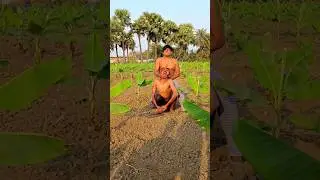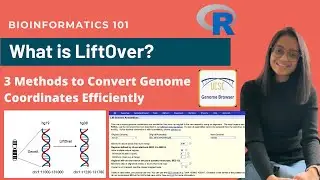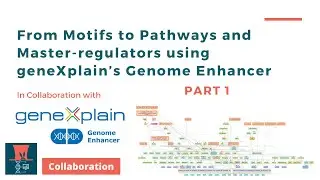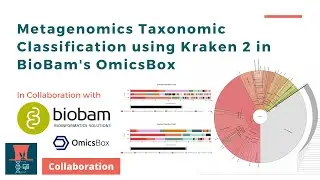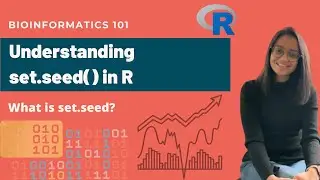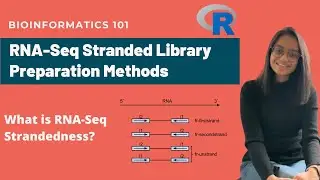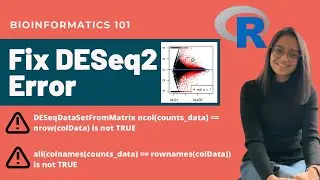Understanding set.seed in R: Ensuring Reproducibility in Data Analysis
Have you ever wondered what set.seed() does in R? What is it used for? Ever wondered why your UMAP or t-SNE appears different everytime you run it?
In this video I have demonstrated 2 quick examples to explain how set.seed() can be used to make your code reproducible.
I hope you find this video helpful! Leave your thoughts in the comment section below!
▸ Link to Data:
https://www.10xgenomics.com/resources...
▸ Link to Code:
https://github.com/kpatel427/YouTubeT...
Chapters:
0:00 Intro
1:44 Example 1: Generating same set of random numbers
3:06 Example 2: Ensuring identical UMAP plot after every run
You can show your support and encouragement by buying me a coffee:
https://www.buymeacoffee.com/bioinfor...
To get in touch:
Website: https://bioinformagician.org/
Github: https://github.com/kpatel427
Email: [email protected]
#bioinformagician #bioinformatics #setseed #reproducibility #pseudorandom #singleR #singlecell #annotationdbi #reversestranded #directstranded #strandedness #survival #survminer #survivalanalysis #kaplanmeier #tcga #gdcportal #tcgaportal #nci #cran #bioconductor #funcotator #variantcalling #variants #gatk #vcf #gvcf #haplotype #alleles #geneticvariants #mutations #gff3 #gff #gtf #sam #bam #phred #fasta #fastq #singlecell #10X #ensembl #biomart #annotationdbi #annotables #affymetrix #microarray #affy #ncbi #genomics #beginners #tutorial #howto #omics #research #biology #GEO #rnaseq #ngs

